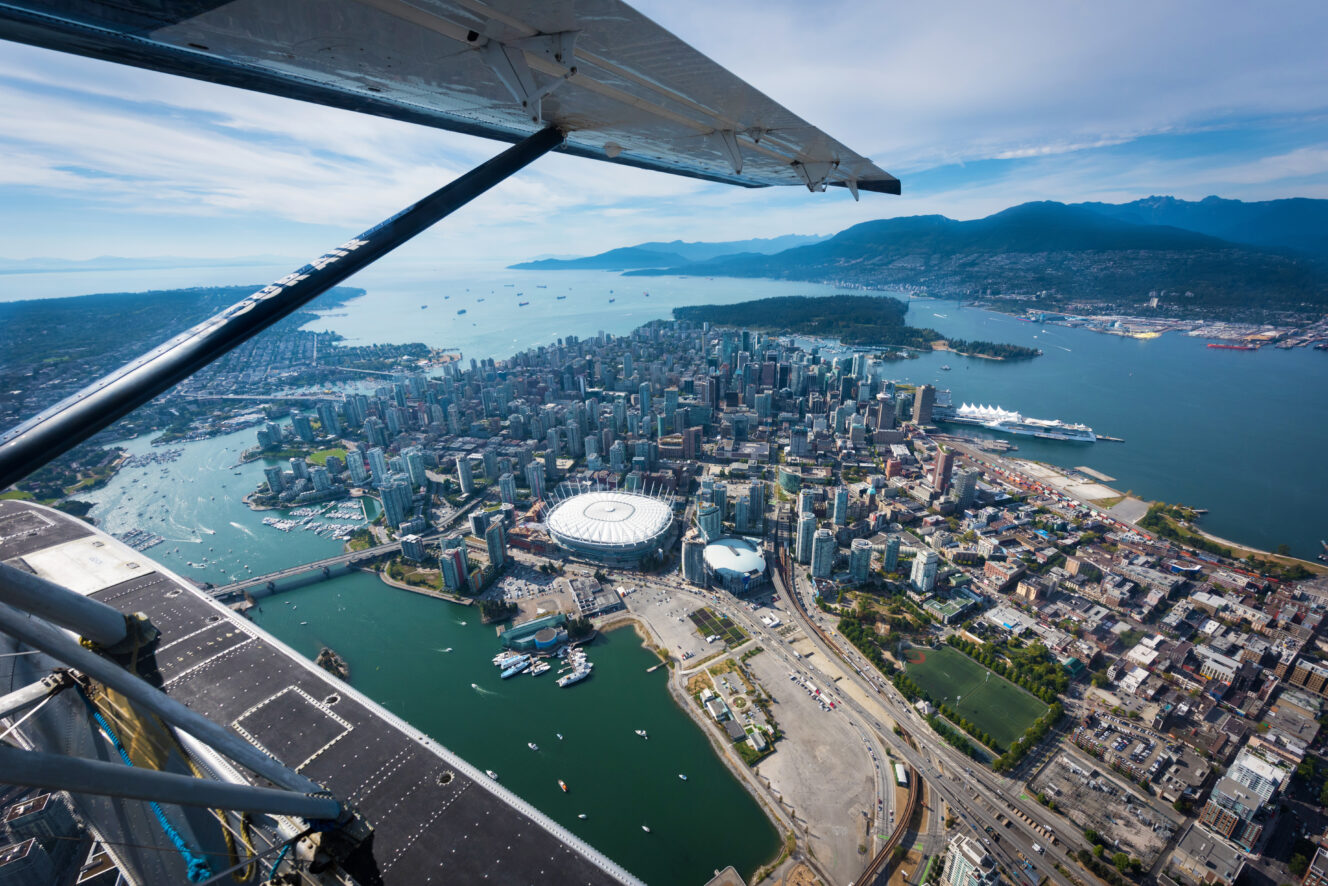
Vancouver view aboard Harbour Air Seaplanes (coutesy Mike Crane).
Have you heard of Advanced Air Mobility (AAM)? The innovative program uses revolutionary aircraft to relieve congestion in heavily populated areas and deliver mobility options to residents, businesses, disadvantaged communities, Indigenous peoples and emergency responders (yes, kind of like The Jetsons).
The next frontier in aviation, AAM introduces zero-emission aircraft that employ electric and hydrogen fuel cell technology, along with new technologies like lightweight electric motors and advanced composites – and it has the potential to pump $318 billion into the global economy over the next 20 years. In Canada, the Canadian Advanced Air Mobility (CAAM) consortium – consisting of local aircraft, government and business leaders, such as UBC, Helijet, BCIT, INDRO Robotics and others – has already begun to build an ecosystem of national collaboration towards a sustainable, equitable and profitable AAM industry in Canada. The consortium aims to integrate AAM into local transportation by 2040, with one in five aircraft operating with zero emissions; each region of the country will be launched and managed in sequence, with Vancouver and BC leading the charge. CAAM’s report “Advanced Air Mobility Comes to Vancouver” makes a compelling case for Vancouver as an ideal destination to pioneer AAM in North America, and delves into the city’s potential to swiftly become an AAM world leader.
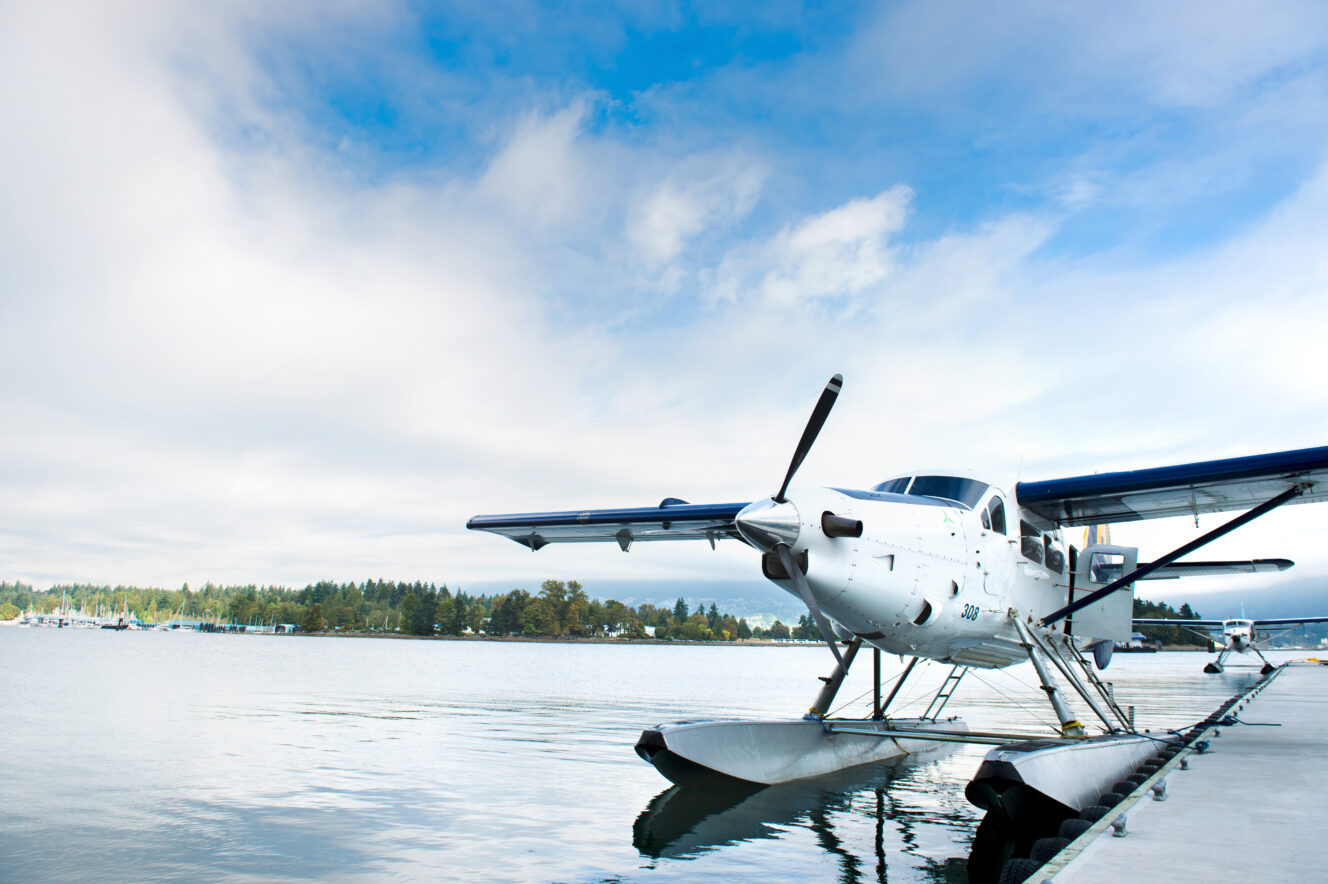
Skimming the waters with Harbour Air.
There’s no surprise that Vancouver has been targeted as a top choice to launch CAAM in North America. The city has seen its fair share of aviation milestones, such as Harbour Air earning distinction as the first airline in the world to successfully fly an all-electric commercial aircraft; it’s also the world’s first and only fully carbon-neutral airline and recently joined The Climate Pledge, a commitment of global brands aiming to achieve net-zero carbon operations by 2040 – a full decade ahead of the Paris Agreement’s goal of 2050.
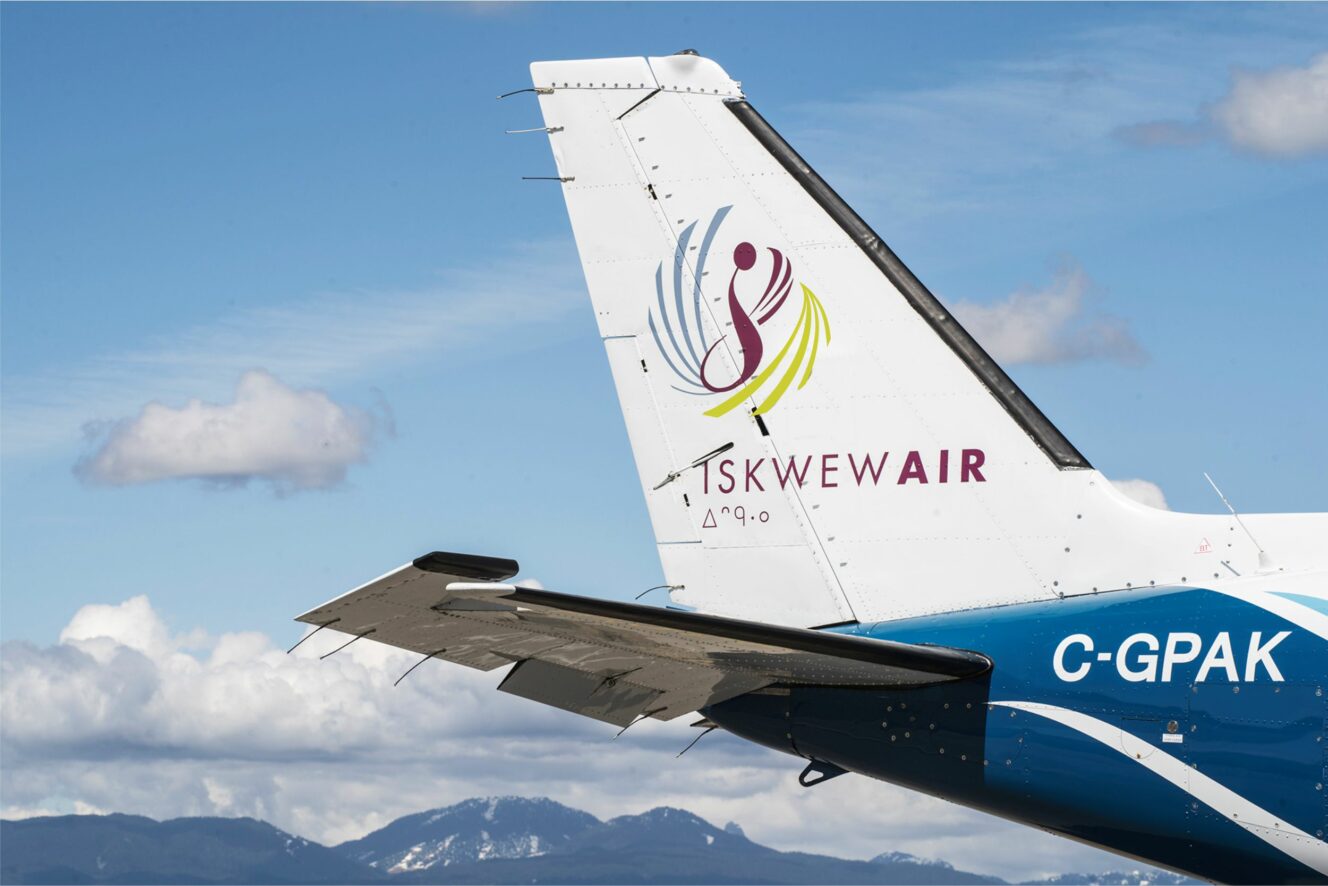
Making aviation history with Iskwew Air (courtesy Iskwew Air).
Another local airline of distinction is Iskwew Air, Canada’s first Indigenous woman-owned airline, which launched its first flight out of Vancouver International Airport (YVR) in 2019. In addition to participating in CAAM, the airline’s founder, Teara Fraser, has swiftly become an international name – in fact, she was profiled in DC Comics’ new graphic novel “Wonderful Women of History”.
Also participating in CAAM is Helijet, whose sustainability initiatives have included a partnership with the Pacific Salmon Foundation to support wild salmon restoration projects in the Strait of Georgia and Vancouver Island. Helijet also operates air ambulance helicopters on behalf of BC Air Ambulance Services, responding to emergency calls or patients transfers – a key part of CAAM.
Of course, Vancouver’s aviation industry extends beyond regional operators. YVR – ranked the best airport in North America for 11 consecutive years – is one of the busiest airports on the continent, yet particularly noted for its ongoing commitment to sustainability and environmental stewardship (see YVR’s 2020-24 Environmental Management Plan for sustainability priorities over the next five years). Surrounded by the Salish Sea and Fraser River – both significant ecosystems that are home to sensitive wildlife habitats – the airport has established initiatives that centre on wildlife management and water conservation, as well as carbon reduction.
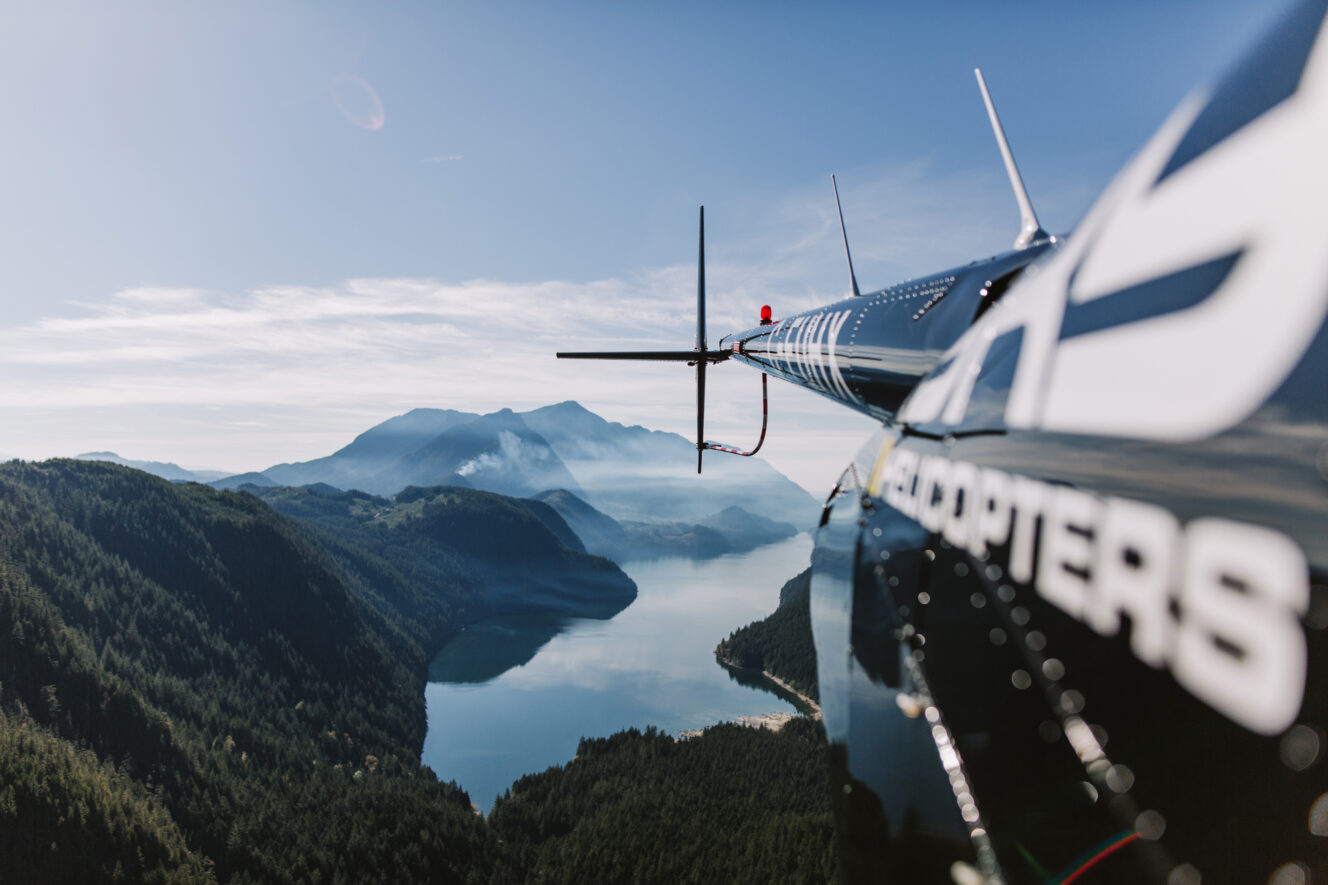
Exploring the West Coast with SKY Helicopters.
SKY Helicopters is another example of leadership in aviation: earning TripAdvisor’s Travellers’ Choice Award for 2020, the tour operator is among the top 10 percent of attractions worldwide. Thanks to an ongoing commitment to guest, staff and public safety, the company has received the Safe Travels designation from the World Travels and Tourism Council, enabling locals – and domestic and international visitors, when travel restrictions are lifted – to confidently explore the incredible scenery of the West Coast, with powerful waterfalls, glacier peaks and sparkling alpine lakes on show.
Advanced Air Mobility represents a massive milestone for the world, when we can expand our thinking about traditional commuter transportation by looking to the sky. Thanks to CAAM, the future of zero-emission flight might be closer than we think – and when it arrives, Vancouver is a strong contender to lead the charge.















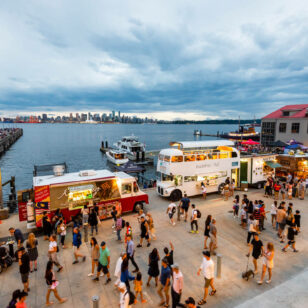

One Response to Advanced Air Mobility is Coming to Vancouver… and Here’s Why